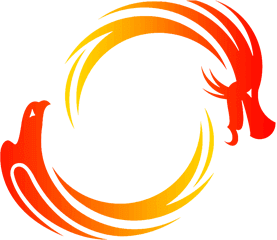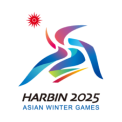

Doha 2006
Equestrian
Equestrian
Equestrianism means riding or driving horses. In sports there are various disciplines, Dressage, Racing, and Jumping.
These can be both individual and team events. Dressage is where the purpose is to develop the horse and rider, through standardized progressive course demonstrating the horses training.
At the peak of a dressage horse's gymnastic development, it can smoothly respond to a skilled rider's minimal aids by performing the requested movement while remaining relaxed and appearing effortless.
The performance is judged by a panel and given a mark out of ten. The horse and rider with the highest mark wins.
Horse racing is a sport which engages speed; the objective is for the jockey (the horse rider) to ride the as fast as possible around a course which may have obstacles.
The jockey and horse who crosses the finish line first is the winner. Horse Jumping or show jumping is Competitive riding of horses through an obstacle course.
Horses run the course one at a time, and the winner is judged according to jumping ability and speed. The horse is considered as much an athlete as the human rider.
Equestrian sport has been incorporated into the Asian Games since 1982.
List of disciplines
- Dressage
- Endurance
- Eventing
- Jumping
Dressage tests take place in a 60m x 20m ‘all-weather’ (sand-based) arena. Two competitions run at the same time - the Team medals are decided in one round and the Individual medals over three rounds. In each round the riders have to perform a Dressage Test, made up of a series of movements to be performed by the horse.
The movements are set in a compulsory order for the first two rounds but, for the third and final round, the rider chooses what he or she will show the judges, and the programme is set to music.
Horse and rider are marked by five judges who will be looking for accuracy of movement, calmness, suppleness and flexibility.
Endurance riding is an extremely strenuous form of horse racing, requiring the horse to complete, at the top levels, for up to 100 miles. Winning riders complete these 100-mile rides in 10-12 hours. Any breed can compete, but Arabians generally dominate the top levels because of their incredible stamina and natural endurance.
Riders must have a great knowledge of pace and know when to slow down or speed up during the ride. They must also have knowledge of their horse's condition and watch for signs of tiring.
In some countries, the winner is determined by a combination of speed and the recovery rate of the horse. In other countries, no places are given and awards are presented to any horse and rider that achieved a required standard.
The Eventing competition (formerly called the Three Day Event) takes place over four days. Days One and Two are Dressage, Day Three is Cross Country and Day four is Jumping. The Dressage and Jumping phases are similar to the pure Dressage and Jumping competitions. In the Cross Country event, riders have to complete a course over natural terrain of between 6270m and 7410m.
The course contains solid obstacles that test the nerve, boldness, scope and partnership of horse and rider; faults are awarded for run-outs, exceeding the specified time limit and falls of either horse or rider.
The rider with the fewest penalties at the end of the competition is the winner, with the Team Medals decided by the best three scores from each nation.
Jumping (known as ‘Show Jumping’ in the United Kingdom) takes place in an arena, around a course of approximately 15 fences. Jumping courses are now highly technical, requiring boldness, scope, power, accuracy and control from both horse and rider.
The fences are designed so that if the horse hits them as they jump them, part or all of the fence will knock down and the rider will be penalised with ‘faults’.
Faults are also awarded if the rider does not complete the course within a set time. The winner is the rider with the fewest faults; if there is a tie, the result is decided by jumping a shortened course as fast as possible without knocking fences down (“against the clock”).
The Team medal is decided over three rounds by four riders and the Individual medals over five rounds.
Related links
Sports Committee
The Sports Committee shall consist of one Chairman and a minimum of five members. The Chairman, nominated by his NOC, will be elected by the GA, while the Members preferably representing the 5 zone...
Sports and Environment Committee
The Sports and Environment Committee shall consist of One Chairman and Five Members. The Chairman, nominated by his NOC, will be elected by the GA, while the Members preferably representing the 5 z...
Sports for All Committee
The Sports for All Committee shall consist of One Chairman and Five Members. The Chairman, nominated by his NOC, will be elected by the GA, while the Members preferably representing the 5 zones of ...
Sports Federations
-

Asian Federation
Asian Equestrian Federation
-

International Federation
International Equestrian Federation

